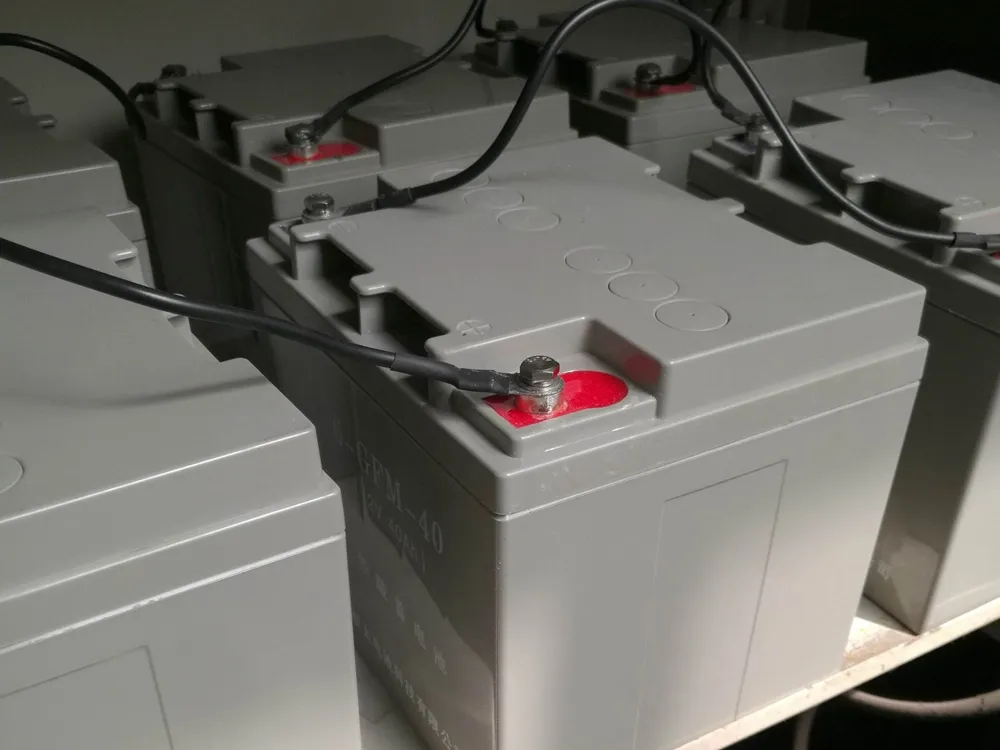Understanding the Different Types of Lead-Acid Batteries: A Comprehensive Guide
Lead-acid batteries are among the most widely used rechargeable batteries in the world, known for their reliability, cost-effectiveness, and versatility. Whether you’re powering a vehicle, storing solar energy, or ensuring backup power for critical systems, understanding the different types of lead-acid batteries is essential for making an informed choice. In this article, we explore the main categories of lead-acid batteries, their applications, and key characteristics.
What Are Lead-Acid Batteries?
Lead-acid batteries operate on a simple electrochemical principle, using lead plates and sulfuric acid to store and release energy. They have been in use for over a century and remain popular due to their affordability and robustness. However, not all lead-acid batteries are the same. They are broadly classified into several types based on their construction, maintenance requirements, and performance.
Flooded (Wet Cell) Lead-Acid Batteries
Flooded lead-acid batteries, also known as wet cell batteries, are the traditional and most common type. These batteries contain liquid electrolyte (sulfuric acid and water) that submerges the lead plates. They require regular maintenance, including topping up with distilled water to compensate for evaporation and electrolysis.
Applications:
– Automotive starting batteries
– Industrial machinery
– Backup power systems
Pros:
– Low cost
– High surge current capability
– Long history of reliable performance
Cons:
– Require regular maintenance
– Risk of acid leakage if tipped
– Not suitable for all orientations
Sealed Lead-Acid (SLA) Batteries
Sealed lead-acid batteries are designed to be maintenance-free. They come in two main subtypes: Absorbent Glass Mat (AGM) and Gel batteries. These batteries are sealed, preventing leakage and allowing for flexible installation positions.
Absorbent Glass Mat (AGM) Batteries
AGM batteries use a fiberglass mat to absorb the electrolyte, keeping it in place without free liquid. This design enhances safety, reduces internal resistance, and allows for faster charging.
Applications:
– Modern vehicles with start-stop technology
– UPS systems
– Renewable energy storage
Pros:
– Maintenance-free
– Spill-proof
– High discharge and charge efficiency
Cons:
– Higher cost compared to flooded batteries
– Sensitive to overcharging
Gel Batteries
Gel batteries use a silica additive to turn the electrolyte into a gel-like substance. This design minimizes movement of the electrolyte, making the battery highly resistant to vibration and suitable for deep-cycle applications.
Applications:
– Solar power storage
– Electric scooters and wheelchairs
– Marine and RV use
Pros:
– Excellent deep-cycle performance
– Vibration resistant
– Long service life when properly maintained
Cons:
– Requires specific charging voltages
– Higher initial cost
Enhanced Flooded Batteries (EFB)
Enhanced Flooded Batteries are an advanced version of traditional flooded batteries. They are designed with improved materials and construction to handle partial state-of-charge cycling, making them ideal for vehicles with basic start-stop systems.
Applications:
– Entry-level start-stop vehicles
– Moderate cycling applications
Pros:
– Better cycling performance than standard flooded batteries
– Cost-effective for specific applications
Cons:
– Not as advanced as AGM batteries
– Still requires some maintenance
Deep-Cycle vs. Starting Batteries
Another way to categorize lead-acid batteries is by their intended use:
Starting Batteries: Designed to deliver a high burst of current for a short period, such as starting an engine. They have thinner plates for maximum surface area.
Deep-Cycle Batteries: Built to provide sustained power over longer periods and withstand repeated discharging and recharging. They feature thicker plates for durability.
Many modern batteries, especially AGM and Gel types, are designed to serve both purposes efficiently.
Choosing the Right Lead-Acid Battery
Selecting the appropriate type of lead-acid battery depends on your specific needs:
– For cost-sensitive applications with regular maintenance possible, flooded batteries are a good choice.
– If maintenance-free operation and safety are priorities, consider AGM or Gel batteries.
– For vehicles with start-stop technology, EFB or AGM batteries are recommended.
Always consider factors such as cycle life, charging requirements, and environmental conditions when making your decision.
Conclusion
Lead-acid batteries come in various forms, each tailored to specific applications and user requirements. From the traditional flooded batteries to the maintenance-free AGM and Gel variants, understanding the differences helps you choose the best battery for your needs. Whether for automotive, renewable energy, or backup power, lead-acid batteries continue to be a dependable and economical energy storage solution.
Table of Contents
